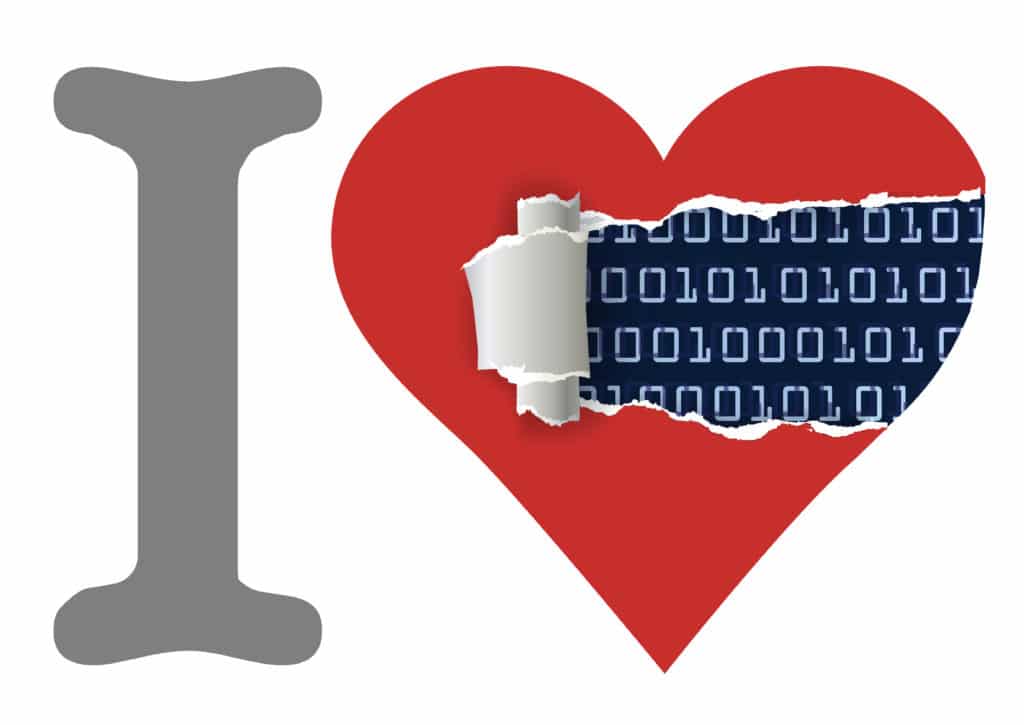April was a great month for innovation, ranging from exciting announcements from Tesla, Yahoo, and Microsoft to bleeding edge innovation from a group of British scientists.
Tesla’s Home Battery
Tesla have now widened their product range beyond cars with the creation of Tesla Energy, which focuses on reducing the use of grid power in households. Tesla’s CEO, Elon Musk, has just demonstrated the launch product of Tesla Energy – the Tesla Powerwall, which stores solar power until it is needed. These batteries store sufficient electricity to be the primary form of energy needed to power a house.
The Tesla Powerwall can be attached to a wall. Just like the more typical smaller batteries we currently use, you can combine Tesla Powerwall batteries together – up to nine of them can be combined to work as a power source.
The batteries will come at two power levels: 7kWh (costing $3,000) and 10kWh (costing $3,500). As these are wholesale prices, and do not include installation costs, customers will end up paying more.
Like all batteries, these store energy. If you have solar panels the primary energy used to charge the batteries is solar. However, they also hook into the grid, to ensure that you can charge them, even at times when there is little sunshine. The system is intelligent enough to know that if grid power is needed it chooses to charge during lower cost periods to do its charging, typically overnight.
Why is this important?
Home energy storage is an important step in the process of transitioning the world to renewable energy. Giving individuals greater freedom to manage and store their personal energy requirements would change the world. Musk believes that 160 million battery packs could transition the United States to renewable energy. 900 million units could transition the entire world. I believe, although ambitious, this could be achievable in the next 25 years.
Ears Become Useful Biometrics
Biometrics is the new key to the door. If you want to be certain about identity for security purposes, the best way is to use some feature of a person’s body that is unique to them. For years, fingerprints have been used for that purpose. More recently people have successfully used facial recognition to determine identity. Now more body parts can be used as a biometric marker including your ear.
Researchers at the Yahoo Labs designed Bodyprint to be used as security on your smartphone. It determines your identity by comparing your ear (or another body part like your knuckle, palm or fist bump) with an image of that part already registered in your smartphone. A smartphone screen is not of high enough resolution to read a single fingerprint. It is much easier to scan a larger body part, like your ear, to ensure this is read with accuracy.
It certainly makes the old 4-digit PIN number seem so old fashioned and passe.
Ears are remarkably distinct and the system claims a 99.5% accuracy rate. Tests show a much better performance when using your ear as the biometric measure, compared with the other body parts suggested.
Why is this important?
Passwords are an insecure archaic practice and biometrics are increasingly the most secure way to interact with machines. When more contact points and body parts can accurately and securely be used to interact with machines it makes the experience more accessible to consumers and subsequently more likely to be brought into the mainstream.
Projecting Emotions From Computers
First there was sensurround. Then there was Smell-o-vision. For years, there have been inventions that have replicated and enhanced our senses and emotions. Now we have the SenseX.

The SenseX uses UltraHaptics technology to radiate specific emotional feelings to those nearby. They use a variety of ultrasonic emitters that produce ultrasonic energy that in turn provides sufficient radiation pressure to be felt by the skin. Apparently different emotions can be prompted by applying pressure to different parts of people’s hands, e.g. short bursts of air to the thumb, index finger and the palm will make you feel excited.
Ultrahaptics appears to offer opportunities for advanced interaction in social apps and gaming. Now imagine if this system could somehow be wired into cinema seats, and operate as you sat through a horror movie!
Why is this important?
I work with technology that can detect emotions at Kairos, but being able to project emotions through technology is an entirely new field. Recently our CTO wrote an article on Affective Computing, which is when technology can detect how you feel, to enhance the experience.What are the implications of when a computer can project back emotions using technology like SenseX?
Everything Will Run On Windows 10
All of the early testers of Windows 10 have indicated that there will be quite a few changes, both on the surface and under the hood. A significant difference is that Windows 10 shares the same code base for all platforms that will use it – desktop, tablet and phone.
Microsoft is making it much easier for developers who have created apps for the competing systems. They have made it very easy to port apps that have been developed for the web, Android and iOS into the Windows Store.
Windows Chief, Terry Myerson, told developers that they can use the existing code in these non-Windows apps when they port them to the Windows store. The developers can continue to work on the code (even if it is non-Windows) in Microsoft Visual Studio and even add Windows-specific features, such as Xbox Achievements.This means that you can relatively easily port any app or tool developed for any of the major systems onto any Windows device.
This also gives a chance for the two separate halves of a Windows machine to come together. At the moment, we have traditional desktop programs separate from the apps in the Modern UI (formally Metro). In Windows 10 the desktop applications can be ported into he Windows store as easily as any other apps.
Why is this important?
Windows is still one of the world’s dominant operating systems. It is also still the largest operating system for consumer personal computers. This move positions Windows as a universal operating system that tears down the barriers between Android, OS X, iOS, and Windows. It could cause a significant uptick in Windows’ use and help Microsoft regain some of its former glory.
Windows Phone 10 is a Full Blown PC
Microsoft managed to nab two spots on this month’s best innovation list. The other key point to come out of Microsoft’s recent announcement was the fact that all of the Windows 10 variants will be based on the same code. This gives new possibilities for the power of mobile computing.
One feature connected to this is Continuum for Phones. It allows smartphones running Windows Phone 10 to transform into something approaching the functionality of desktop PCs when they connect to larger screens. Microsoft has given developers tools they can use to create software that can run on PCs, tablets, convertibles, smartphones, and the Xbox. Continuum for Phones helps with this process. When the smartphone connects to a screen, it looks and functions like a desktop PC, but the phone is powering it.
Of course, your smartphone will need to be powerful enough to handle his task. It does not matter how sophisticated your software is if your phone comes with a measly 512MB RAM and 8GB memory card.
Why is this important?
For years, people have been holding up their smartphones and saying “it’s like having a computer in your pocket!” I think we are reaching the point of convergence where rather than seeing people abandoning their laptops for a tablet, they may well be abandoning their tablets and their laptops for a phone.
For most computer users who check email and surf the web, a lightweight device would be sufficient.
When that same device seamlessly lets you move from home, to your commute, to your workplace, with one device tucked neatly in your pocket with all your same apps, settings, and software, you have another revolution in computing on your hands.




